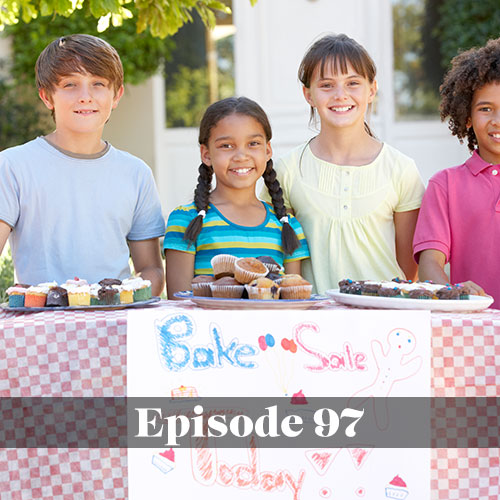Host Carole Dorn-Bell speaks with Brad Ritchey, Superintendent of Milton-Union Exempted Village School District in Ohio, about school climate and the approaches his school district takes to communicate with the community.
When Brad arrived in the district, survey data showed there wasn’t much traffic to the website. The district relied mostly on newsletters and didn’t have much of a social media presence.
“Initially it was probably a pretty traditional communication strategy, and we just talked internally quite a lot about how people want to be communicated with,” Brad says. “Well, they want to be communicated with in (whatever is) that preferred medium for them.”
That meant, rather than focusing on one specific communication method, the district aimed to communicate as much as possible through as many channels as possible. There is still a place for newsletters and face-to-face or telephone communication, Brad says. But the district of 1,500 students and 158 staff needed to expand its web and social media presence.
Milton-Union now has a Facebook page and Twitter and Instagram accounts. Each of the district’s three schools uses Twitter. Brad counts more than a half-dozen methods of communication.
Rather than retreating or hiding anything, the district aims to be completely transparent about the school climate.
“In doing so we often limit the amount of concerned calls and contacts we get,” Brad says. “Our broader approach to communication has helped with transparency.”
Both staff and community are supportive of the efforts, he says.
Milton-Union also uses the communication tools to celebrate all the great things the students are doing. The kids love to know that school staff is there to support them.
“They’ve grown up in the digital generation so love seeing themselves in posts,” Brad says.
And the kids are playful on social media about two-hour delays and school cancellations.
Brad says the range of community members includes everyone from those who prefer newsletters over technology to those who opt in for notifications on Android or Apple devices. But there’s also a common thread through the various communication platforms.
“We’ve tried to craft a message, we’ve tried to craft a narrative about Milton-Union schools,” Brad says. “We really try to send a consistent message using all of those platforms, and let people opt in for the platform or mode of communication that they prefer.”
Offering advice to others, Brad suggests going slow to go fast. Make sure your district does its research to meet community needs.
“If you’re interested in a certain strategy, there’s typically a tech tool or a tech communication strategy that’s going to work to help you get your goal accomplished,” Brad says.
And it’s important to encourage people to use those tools to communicate. More is always better than less.
“Communication—you can never have enough,” Brad says.
Closing out the episode, Brad recommends any book by Tony Wagner for information about project-based learning.
Got a question or topic you’d like covered in an upcoming We Love Schools podcast? Email us at info@weloveschoolspodcast.com
First time listening to We Love Schools? Learn more about our weekly podcast.
Interested in learning more about how the Allerton Hill Communications team can help your school with communications? Contact us today.






